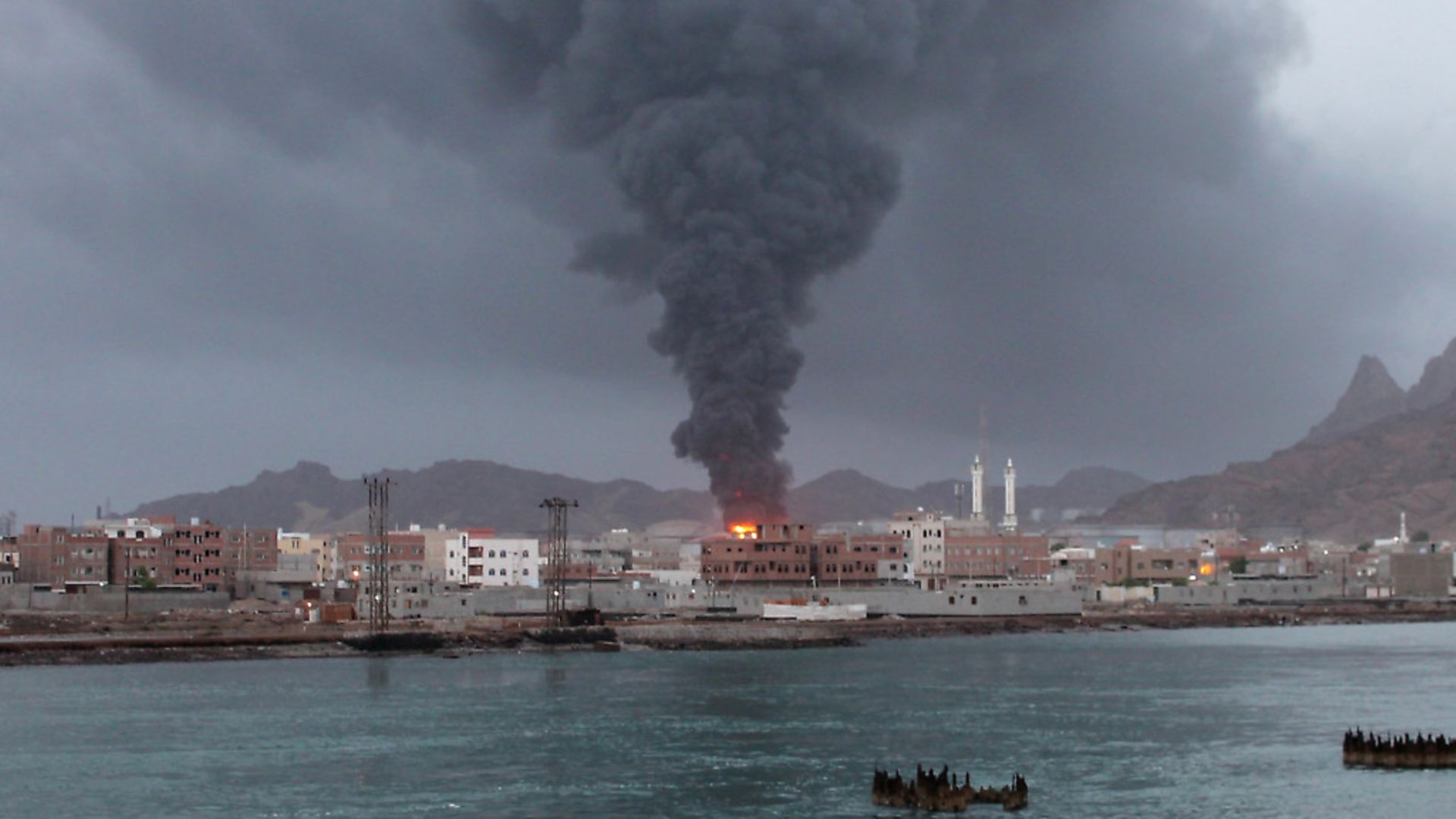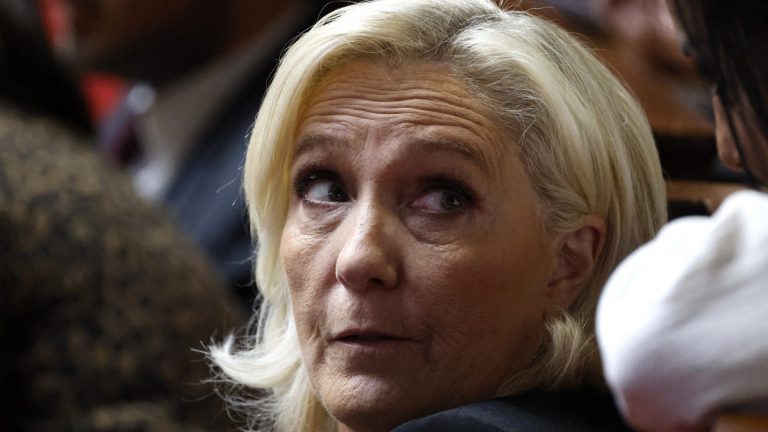
Overshadowed by the tragedy in Syria, the Arabian Peninsular and Horn of Africa is the second front in the geo-political clash between Saudi Arabia and Iran
The Trump Administration recently approved a $110 billion arms sale to Saudi Arabia – a deal which congressional lawmakers are actively trying to block. They have good reason to do so. The Saudi deal not only risks pouring more oil on the fire that is Yemen but will boost Islamic State insurgents operating throughout the Arabian Peninsula. It will also accelerate the humanitarian catastrophe spreading across the Horn of Africa.
Since Trump announced the agreement, US lawmakers in both the Senate and House have mobilised against the president in the hope of preventing the export of arms to the Royal Saudi Air Force. Further to his co-sponsorship of a ‘resolution of disapproval’ in the Senate, Republican Rand Paul issued a statement in which he condemned Saudi Arabia’s ‘past support of terror, poor human rights record, and questionable tactics in its war in Yemen’ and called upon Congress to force a vote on whether to block part of the sale. ‘Congress must carefully consider and thoroughly debate if selling them billions of dollars of arms is in our best national security interest at this time,’ he declared.
Yet, protecting the national interest was lost on the US President. Writing in the Washington Post, Fareed Zakaria claimed Saudi Arabia ‘played Trump’. For the past two years Riyadh has supported attempts to reinstate the leader of Yemen, Abd-Rabbu Mansour Hadi, in opposition to Houthi militants and their Iranian allies. Although this conflict has produced more than 10,000 fatalities, the US president and his negotiating team were taken in by Saudi’s condemnation of Iran and failed to understand their host’s responsibility for the spread of Islamist violence.
Saudi Arabia funds Wahabi proselytisers who have successfully established themselves in previously moderate Muslim countries, as well as inside European mosques and faith schools.
Saudi nationals are also heavily present among the Islamic State fighters in Syria and as Zakaria reminded readers, Al-Qaeda, Bin Laden and the 9/11 terrorists all originated in Saudi Arabia. He also drew attention to a leaked email by Hillary Clinton affirming that together with Qatar, Saudi Arabia has been providing financial and logistical support to Islamic State and radical Sunni groups in the region.
While Trump’s foreign policy has been anything but clear, there are some constants, not least an affinity with the Kremlin and a vocal rejection of Islamist terror. You might think the latter would guide US policymaking, but given that we now have an administration where the national interest is subjugated to the business interests of the first family, there are no such parameters. Rather, as the former director of the Open Society Institute Aryeh Neier noted, when Trump issued Executive Order 13769, Protecting the Nation from Foreign Terrorist Entry into the United States, he exempted Saudi nationals from his ‘Muslim ban’.
Even the crudest Realpolitik calculations fail to explain how the Saudi deal advances US security interests. The anti-Iranian logic which has energised Russian actions in Syria, and has been widely praised by the US president, does not apply to the Arabian Peninsula where radical Sunni groups have been operating in parallel to regional rivals Saudi Arabia and Iran and demonstrably against US national interests.
For European states, the timing and scale of the arms deal between the US and Saudi Arabia is especially worrying. All too often, the escalation of conflict in the Middle East has been followed by radicalisation drives and recruitment into terror. Yemen, like Libya, Syria and Iraq, has been a most effective training ground for Jihadi activists some of whom returned to bring violence to the streets of Berlin, Brussels, Paris, Nice and Manchester.
Others have claimed that Saudi’s military operations in Yemen, above all the indiscriminate attacks on civilians and use of banned cluster bombs, violate international humanitarian law. This is a central plank of the judicial review filed in February by the Campaign Against the Arms Trade, which seeks to curb further exports of UK-manufactured arms to the Saudi kingdom.
Yet there is an additional worry for Europe. The escalating violence in Yemen has exacerbated the humanitarian crises taking place there and in the Horn of Africa where the largest population of refugees are concentrated and where much British and European aid is now targeted. Earlier this year Secretary of State for International Development Priti Patel promised £110 million of emergency assistance to Somalia alone.
Across the Red Sea, the situation is even more complex. Since 2015, more than three million people have been displaced as a result of a conflict. In the past year, just under 190,000 Yemeni nationals have been displaced to Oman, Saudi Arabia, Djibouti, Ethiopia, and Sudan. On top of these flows, Yemen is facing a famine. There is a lack of clean drinking water and an estimated 17 million people are food insecure with more than 10 million in acute need, urgently requiring immediate, life-saving assistance.
Despite the UK’s commitment of more than £85 million to Yemen, the latest international appeals have so far failed to deliver the $2.1 billion in aid required. UNHCR, which is anticipating that a further 500,000 people will be displaced, has only received one quarter of the $79.8 million it requested. Complicating this emergency is a simultaneous crisis in the Horn of Africa where a prolonged drought and the drop in relief affects 17 million people across Somalia, Ethiopia, Kenya, Djibouti, Eritrea, South Sudan, Sudan and Uganda. The UNHCR is now warning of mass deaths.
Throughout these regional emergencies, refugees have shuffled from one state to another. While its own nationals have taken flight, Yemen has also attracted more than a quarter of a million East African asylum seekers. Some 31,000 Somalis who had sought protection in Yemen have returned home to a country which is experiencing a similar dynamic. Since November 2016 an estimated half a million Somalis have been displaced. And this is before one looks at the situation in Libya, another site of regional contest, where more than 1.3 million people including internally displaced, migrants, refugees and asylum seekers and host communities are in urgent need of humanitarian assistance.
It is only a matter of time before more of those displaced by conflict and famine in the Arabian Peninsula and Horn of Africa make their way across to Europe. When these refugees breach the Mediterranean, it will be because of the push factors described above.
If Congress does not manage to block Trump’s arms deal, US, British and European anti-terror and humanitarian capabilities will be further stretched in a region which is now the second front in a geo-political struggle between Saudi Arabia and Iran and their agents of terror.
Brad K Blitz is a professor of international politics at Middlesex University and senior fellow at the Global Migration Centre at the Graduate Institute in Geneva









